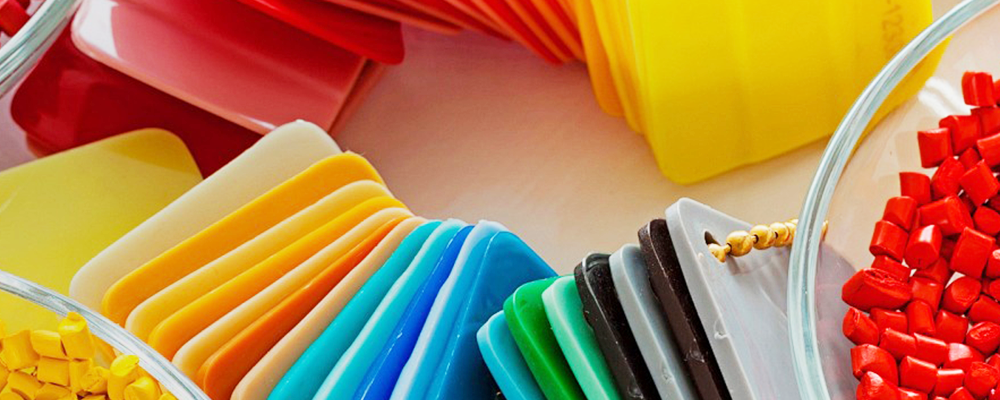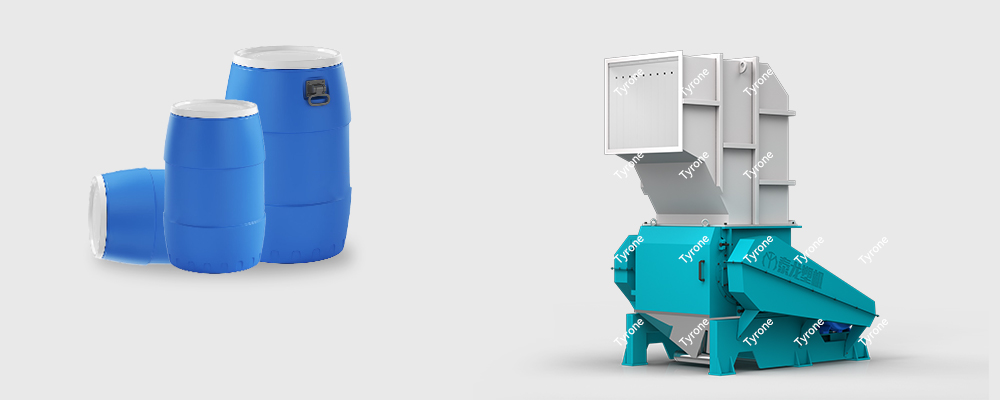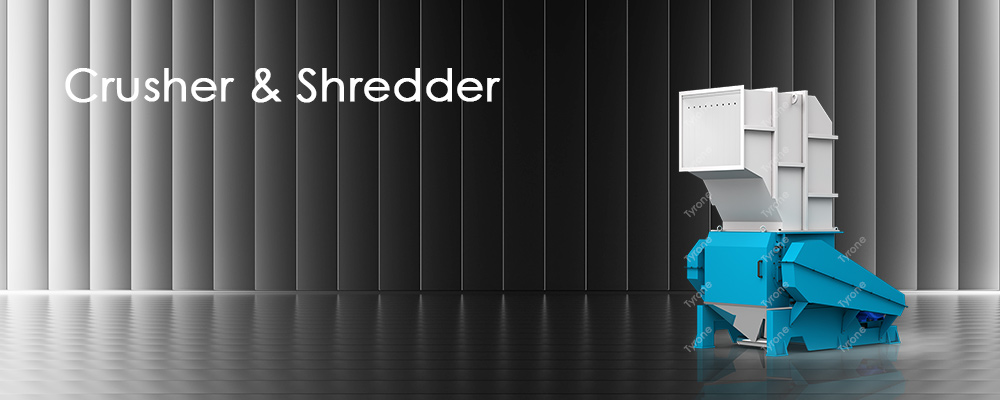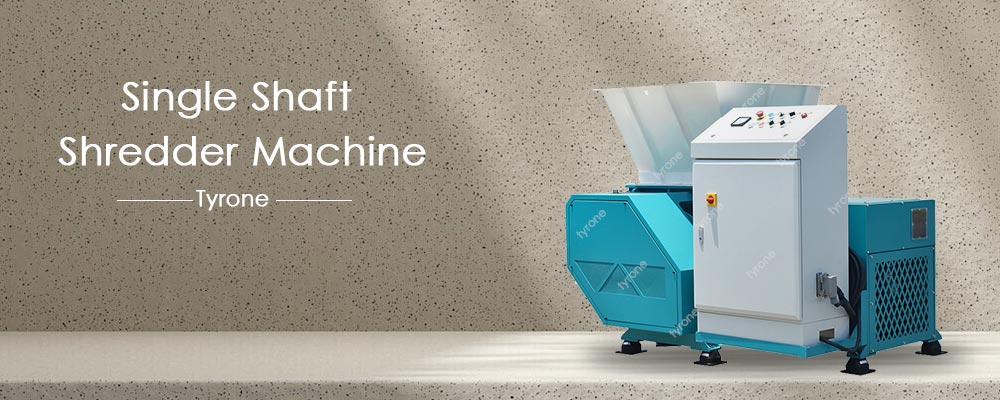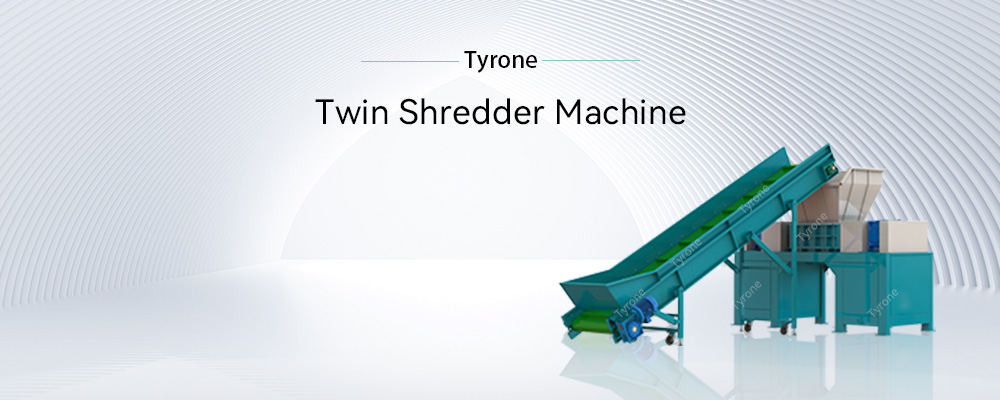What are the most common types of plastics?
The different types of plastics and their characteristics and uses are as follows:
- PET (polyethylene terephthalate): commonly used in mineral water bottles, beverage bottles, etc. PET plastic is safe to use below 70 ℃, but it may release harmful substances at high temperatures. PET plastic bottles begin to degrade at 250-300 ℃, but only release toxic substances significantly above 350 ℃.
- HDPE (high-density polyethylene): commonly used in shampoo bottles, cleaning agent bottles, white medicine bottles, etc. HDPE plastic is sturdy and durable, but it is difficult to clean. It can withstand high temperatures of 110 ℃ and is suitable for food packaging.
- PVC (polyvinyl chloride): used for raincoats, building materials, plastic films, etc. PVC plastic contains plasticizers, which can decompose into chlorine gas at high temperatures and pose a risk of cancer. Try to avoid using PVC plastic to hold food, especially in high temperature or oily environments.
- LDPE (Low Density Polyethylene): Used for cling film, disposable paper cups, etc. LDPE plastic has weak heat resistance and may experience thermal melting when it exceeds 110 ℃, making it unsuitable for heating use.
- PP (polypropylene): commonly used in microwave oven lunch boxes, soybean milk bottles, etc. PP plastic is resistant to high temperatures, up to 130 ℃, and is one of the few plastics that can be used in microwave ovens.
- PS (polystyrene): used for disposable fast food boxes, instant noodle bowls, etc. PS plastic releases toxic substances at high temperatures, especially when in contact with acidic substances. Avoid storing food that is too hot or too acidic.
- PC (polycarbonate) and other typesIt is commonly used for manufacturing children’s products such as bottles and space cups, as well as electronic product casings such as eyeglass lenses.
- Other:This category of ‘miscellaneous’ belongs to plastics composed of other types of plastics, or plastics that do not meet any definition at all.
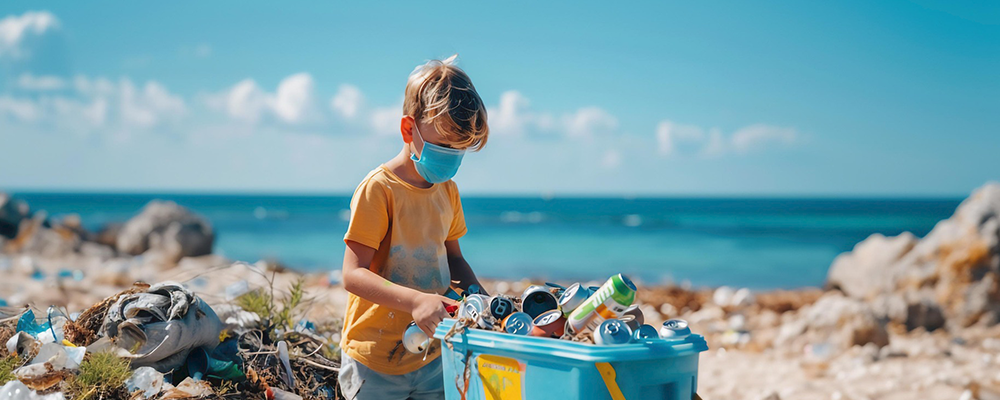
Those plastic products can also be recycled and reused
Plastic products can be seen everywhere in our daily lives, from toothbrushes to slippers, to mineral water bottles and packaging bags. Everyone knows that plastic bottles can be recycled, but did you know? In fact, besides beverage bottles, there are many other types of plastic products that can also be recycled!
No.1: PET (such as mineral water bottles, carbonated beverage bottles, plastic oil bottles, etc.)
This type of plastic is usually transparent and very suitable for recycling. It can be made into polyester fibers and is commonly found in clothing.
No.2: HDPE (such as laundry detergent bottles, shower gel bottles, milk bottles, etc.)
This type of plastic is generally opaque, but it can be recycled after cleaning and has relatively stable performance.
No. 3: PVC (commonly used in decorative materials such as plastic pipes, conduit, etc.)
This type of plastic releases harmful chemicals during the manufacturing process, making it a challenge for recycling and often being excluded from recyclables.
No. 4: LDPE (such as plastic shopping bags, cling film, plastic film, bubble wrap, etc.)
Although the economic benefits of its recycling are relatively low, there are specialized recycling institutions to handle this type of plastic.
No. 5: PP (such as fresh-keeping boxes, microwave meal boxes, boxed drinks, straws, etc.)
This is the second most commonly used type of plastic in the world and the only plastic box that can be put into a microwave oven, but its recycling rate is less than 1%.
Number 6: PS (such as foam fast food boxes, cosmetics containers, computer casings, etc.)
This type of plastic is not easy to recycle, so it is usually considered non recyclable.
No. 7: Other (usually classified as No. 7 plastic if it is different from the above six types, such as common containers such as baby bottles and space cups)
This type of plastic is also not easy to recycle and is usually treated as non recyclable.
Plastic alternatives include the following materials and technologies:
Carton and paper box: As a substitute for plastic packaging, cartons and paper boxes are sourced from renewable resources, easy to degrade, and in line with environmental protection concepts. They have good physical properties and low prices, so they occupy an important position in the market
Ceramic products: Ceramic products are highly regarded for their durability and environmental friendliness. Its unique texture and beautiful design make it the preferred choice for home decoration and art collection
Plant oil-based soap: This soap is made from natural plant oil, which is gentle and non irritating to the skin, while also having environmentally friendly properties
Microfiber cellulose MFC: This is a natural and strong material suitable for food contact, and is expected to lead the innovation of the paperboard and packaging industry
Seaweed: Seaweed is rich in natural bioactive ingredients and is widely used in cosmetics, pharmaceuticals, and other fields, demonstrating broad development potential
Foaming process: This advanced manufacturing technology has been widely applied in multiple industries, including the design and customization of packaging solutions for consumer electronics, medical equipment, cosmetics, and dry food
Biological culture: This material has rapid regeneration ability and is 100% plastic free, making it suitable for home composting and green environmental protection. These alternatives not only perform well in environmental protection, but also demonstrate unique advantages and broad application prospects in their respective fields.
Plastic alternatives
Although creating more sustainable plastic choices is important, it is not the only way we can reduce plastic pollution on Earth.
We can also try to replace plastic with more sustainable materials as much as possible – there are many materials to choose from:
Stainless steel can be used for storing hot and cold beverages
Glass can be infinitely recycled and used for packaging food
Wood can replace plastic cleaning brushes and kitchen utensils
Natural fiber cloth is a sustainable alternative to plastic bags
Bamboo grows rapidly, so it also recovers quickly and can be used to make stronger materials, such as furniture
Although ceramics are ancient, they can replace plastic tableware
Some products can choose to be completely unpackaged, for example, you can choose a piece of shampoo instead of bottled ones.

